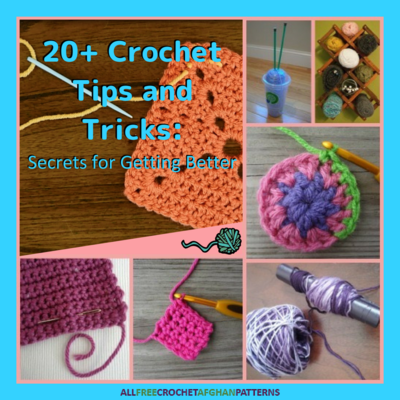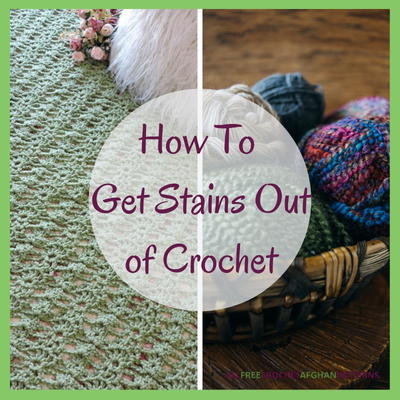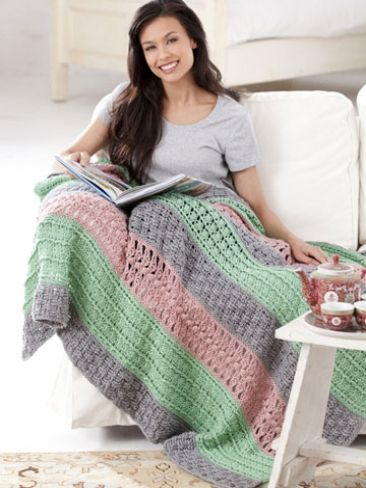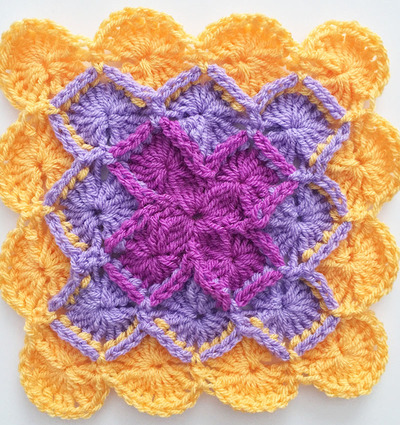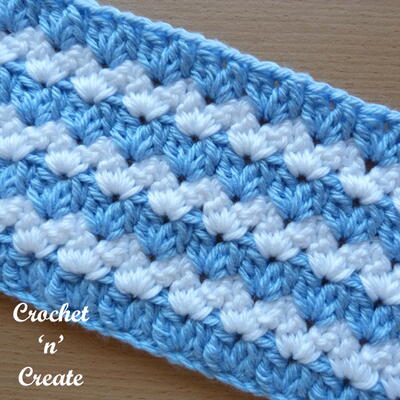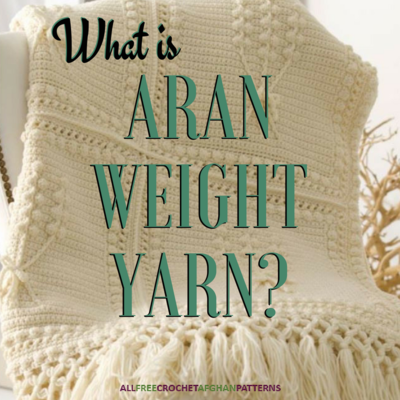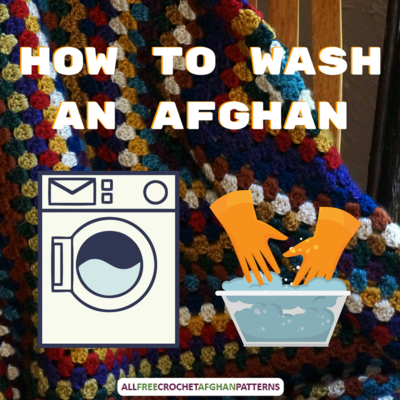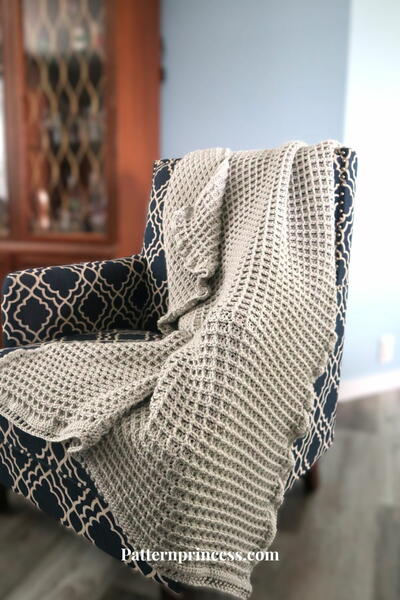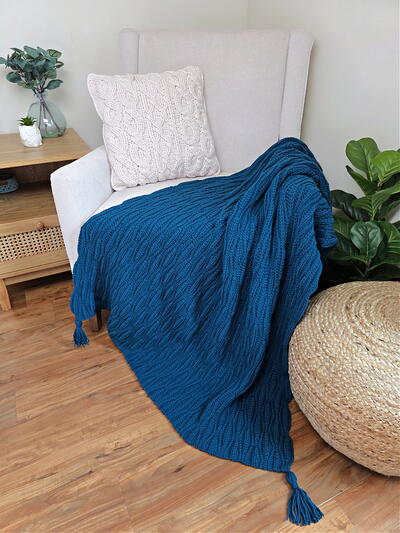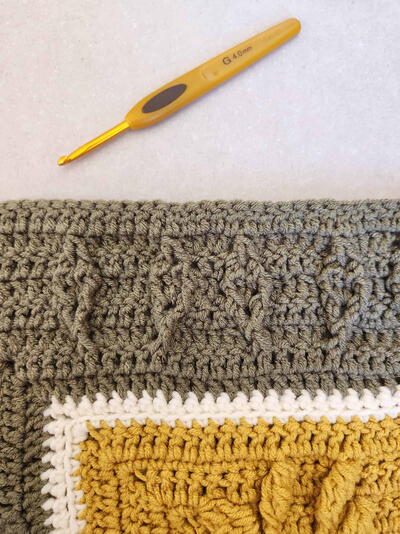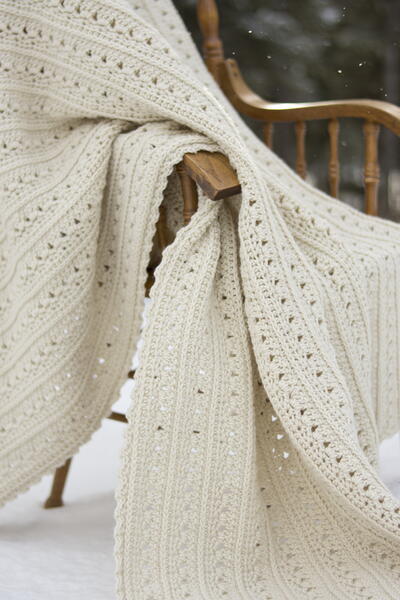Crochet Basics: Yarn Weights, Hook Sizes, and Crochet Tips
These crochet tips and tricks will help you learn the ins and outs of crochet!
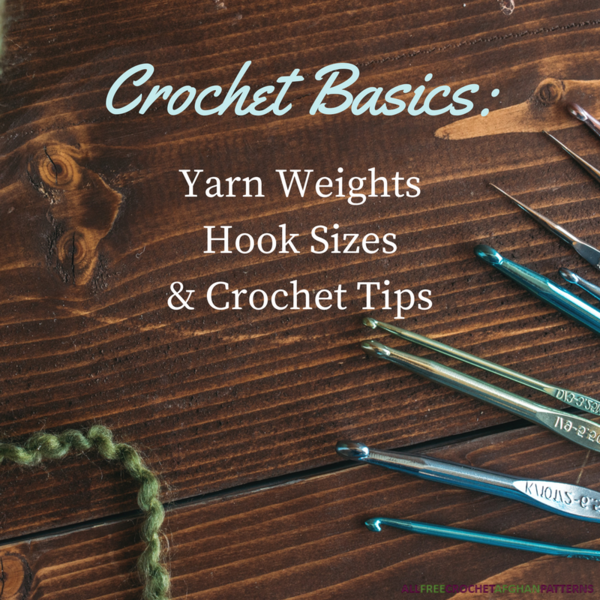
When it comes to yarn and crochet hooks, not everything is created equal. Whether you're a crochet beginner or an expert, it can be difficult to choose the appropriate yarn weights for projects, especially if they are not listed in the materials section. So if you're sitting there wondering which yarn is best for your patterns design, or what type of fiber would best help you achieve the look you're aiming for, as well as what crochet hook sizes are best for which, we're here to help. We even have some extra tips to help you ace crochet.
When we asked our readers what types of yarn they use, we got back a slew of answers: wool, angora, mohair, cotton, thread, acrylic, superwash wool, silk, worsted weight yarn, merino and more. But what does all this mean?
The first thing you should know is that there are dozens of types of yarn out there, but they basically fall into two categories: natural or synthetic. Natural fibers include wool, silk, alpaca, etc. On the other hand, synthetic fibers are made from things like rayon, nylon, and acrylic. Of course, there are variations and combinations for both of these categories.
Find out even more about yarn by continuing further down to find facts about weights for yarn, yarn types, natural vs synthetic, hook sizes, and so much more. This will quickly become your definitive guide to all things crochet, especially tips and information about crochet for beginners.
Table of Contents:
Yarn Weights
Yarn Types
Crochet Hook Sizes
Crochet Tips and Tricks
Yarn Weights
-
Yarn is also broken down to specific types, eight, ply, and WPI. Yarn types include lace, sport, worsted, and chunky, to name just a few. The weight refers to the thickness of the yarn, so the thicker the yarn the less WPI you'll have.
WPI means wraps per inch, which basically means how many times the yarn can be wrapped around an object in one inch. The opposite is true of ply as the thicker the yarn, the higher the ply. Ply how many strands are twisted together to make the project. Still a bit confused? Check out the charts below! -
The infographic below details yarn names, weights, WPI, ply, and even gives you an example of a project to crochet with each type.
Click here to download the Yarn Guide 101 Infographic. -
Now that you have yarn weight, ply, and WPI under your belt it's time to decide what type of fiber would best for a specific project. If you're planning to make doily, which yarn weight should you choose?
What about for a crochet baby blanket pattern or winter sweater? Take a look at this chart below to help you figure out which yarn weight goes with what types of patterns.
In general, the thinner the yarn (lower the weight), the lacier the project. Choosing a yarn at weight 0 and WPI 18 would work well for projects like doilies or fine lace. Sport yarn, with a weight of 2 and a WPI of 14 would work well for baby clothes and light weight sweaters. Get the gist?
Check out the helpful chart below!
Yarn Types
-
We’ve answered weight and which fiber would be best for a certain project, but what about the most basic question, where does it come from? Fibers come from a slew of different animals. Check out the chart below to find out which of your favorite animals provide your beautiful yarn.
-
If you want an in-depth look at different types of yarn, be sure to take a look at Crochet Tips: Different Types of Yarn. This article details the differences between natural and synthetic fibers and lists the specific fiber types in each category with some pros and cons.
For a quick review, you can check out the Types of Yarn Infographic below. Click here to download it.
Crochet Hook Sizes
-
Typically, the thicker the yarn, the bigger crochet hook. But, it's not so simple to choose the right one. Luckily, many patterns include a suggested crochet hook but the size you choose depends on gauge as well.
You also have to consider the country standard. If the pattern is from a crocheter in the U.K., they may have a different size than you're used to in the U.S.
Click here to download the Hook Sizes in the U.S. infographic shown below. -
Want to know the conversions? Find out the size of your crochet hooks in the United States, the U.K. and Canada, and the size in millimeters. With this helpful chart by your side, you will able to convert any crochet pattern.
Click here to download the Crochet Hook Conversion Chart.
Crochet Tips and Tricks
Read NextHow to Crochet the Bavarian Square
Your Recently Viewed Projects
KLC
Jun 29, 2017
So many helpful infographics! Since I am a visual learner, I find this incredibly useful.
Report Inappropriate Comment
Are you sure you would like to report this comment? It will be flagged for our moderators to take action.
Thank you for taking the time to improve the content on our site.

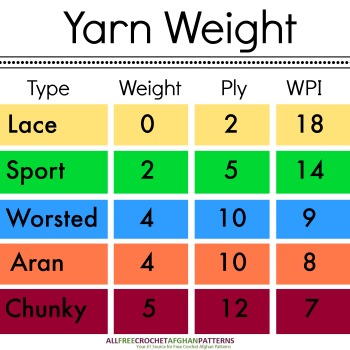
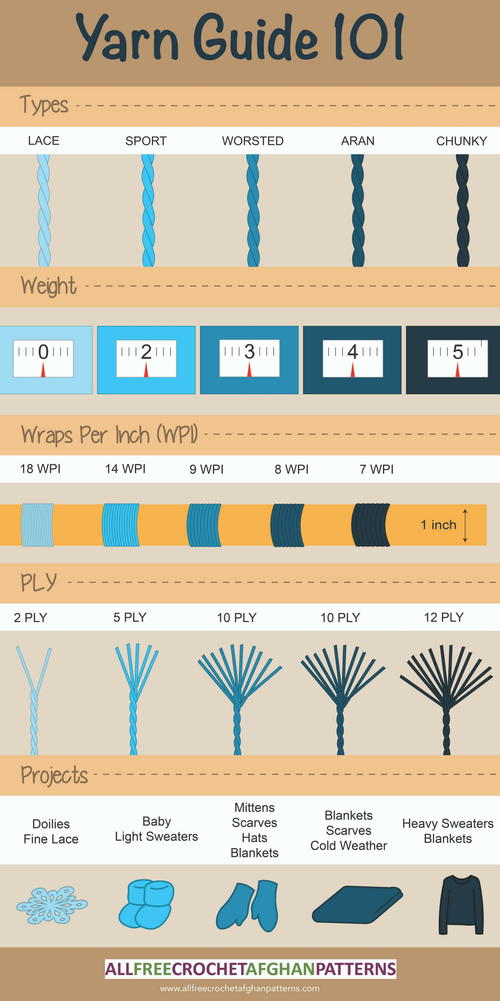
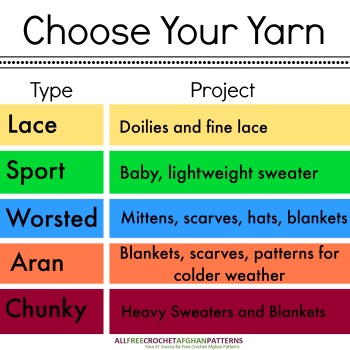
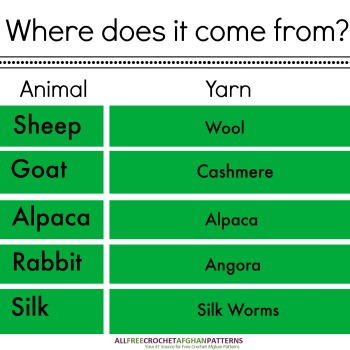
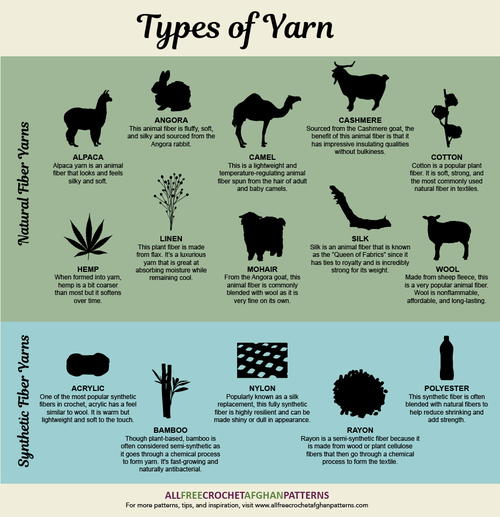
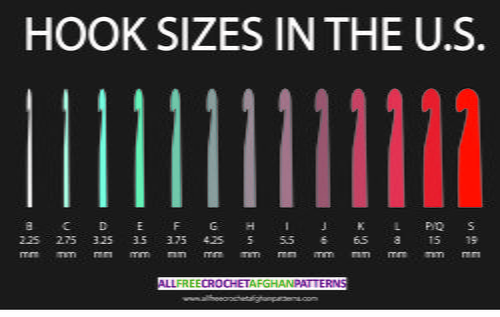
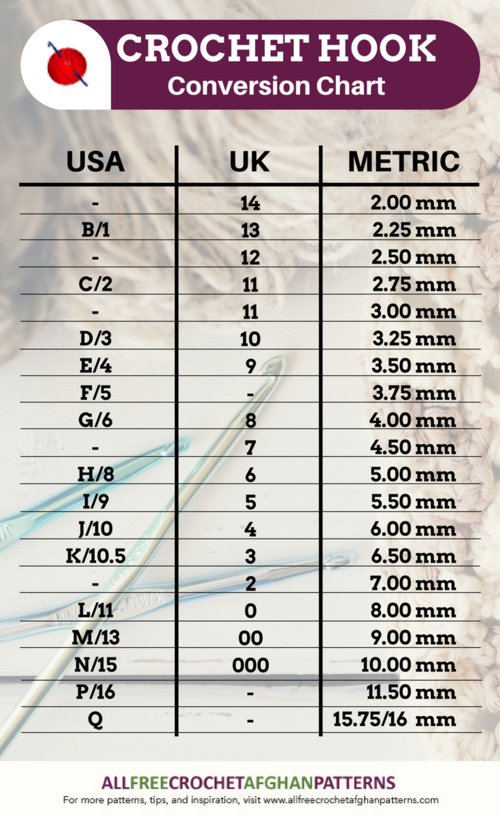
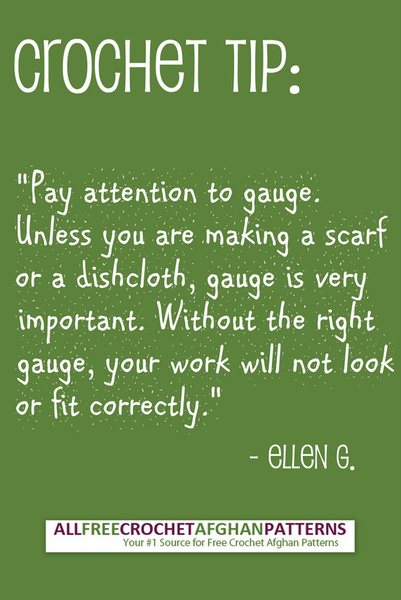
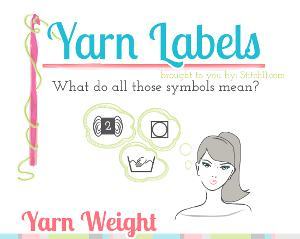
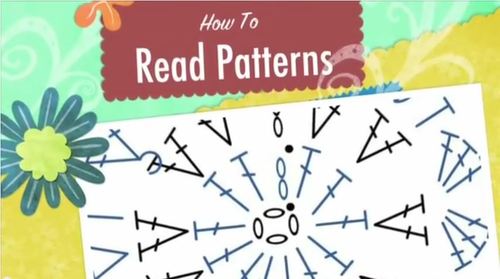
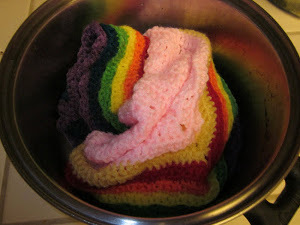
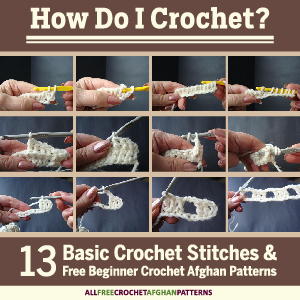
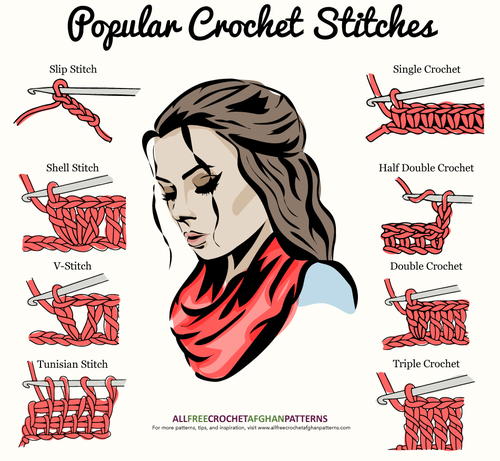
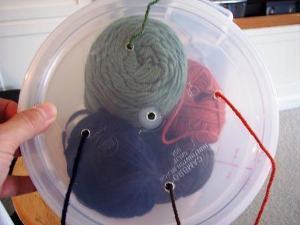
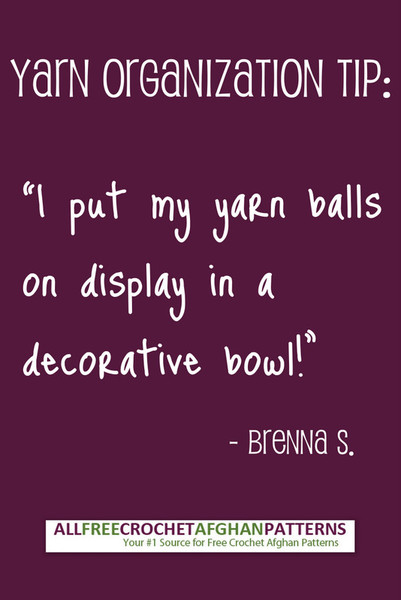
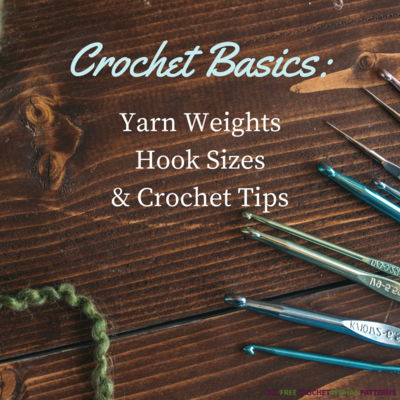
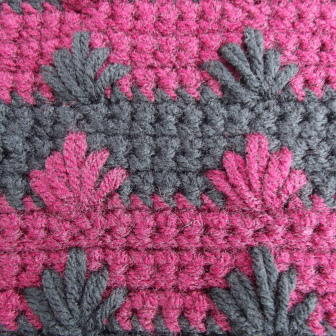
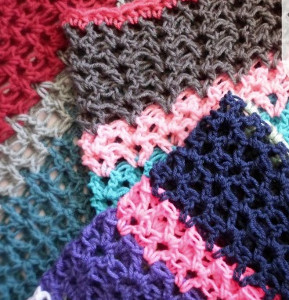
![Yarn Weights Chart [Infographic]](http://irepo.primecp.com/2017/06/336145/Yarn-Weights-Chart-Infographic_Large400_ID-2297604.jpg?v=2297604)

